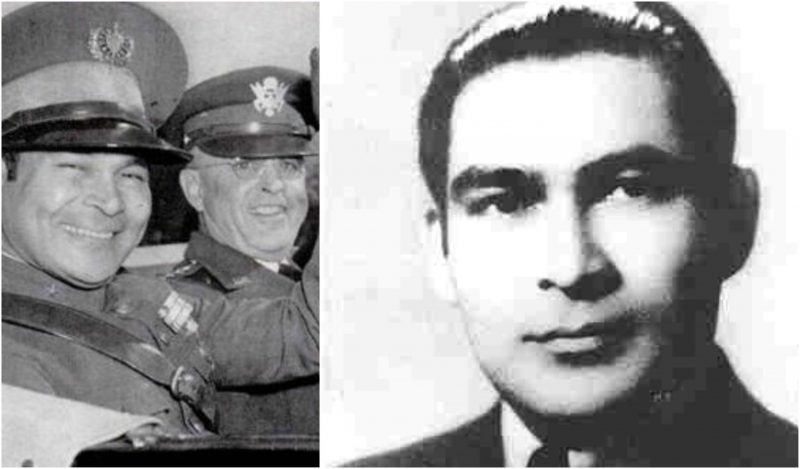Fulgencio Batista Zaldívar was twice the President of Cuba from 1940 to 1944, and again from 1952 to 1959.
The first time he was elected while on the second occasion he acted as a dictator, supported by the U.S. until he was overthrown in the Cuban Revolution. Fulgencio Batista effectively gained political control for himself after the Revolt of Sergeants of 1933 overthrew the authoritarian rule of Gerardo Machado.
Although Batista didn’t come from a privileged background, both of his parents had fought in the Cuban War of Independence, so he was politically well educated. As for his formal education, Batista first studied at a public school in Banes and later attended night classes at an American Quaker school. Due to his limited finances, Batista had to work as a mechanic, fruit seller, charcoal vendor, and a tailor to support himself. In 1921, at the age of 20, he went to Havana where he joined the army.
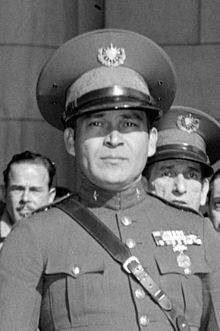
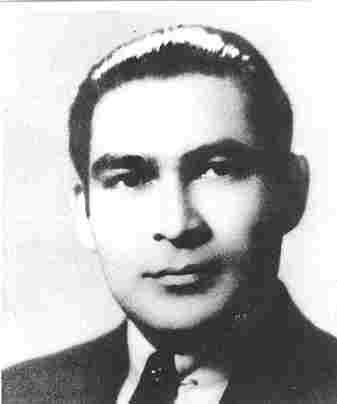
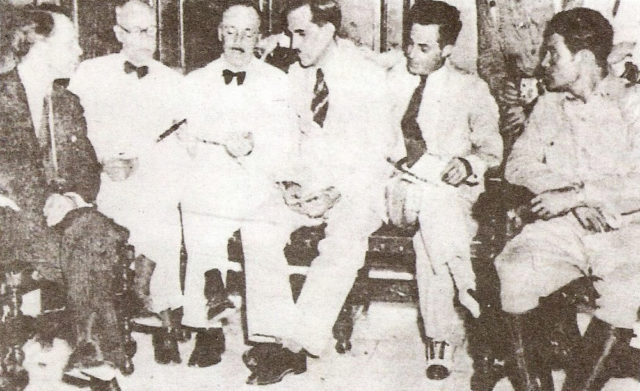
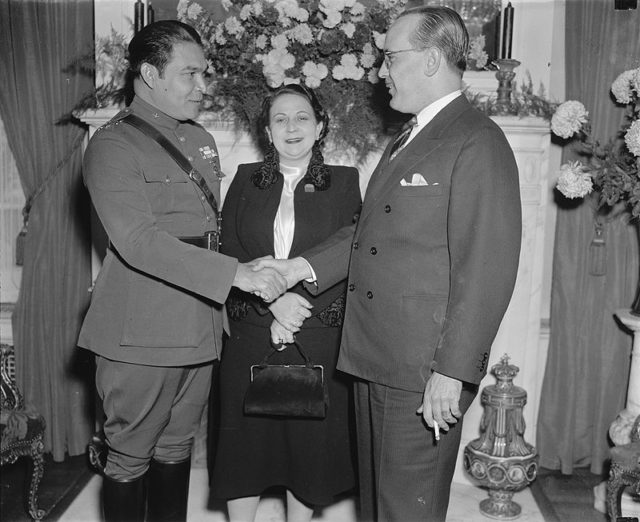
He acquired typing and shorthand skills and in 1923 worked briefly as a stenography teacher before joining the rural police , the “Guardia Rural.” Then he returned to the army where he became a secretary to a regimental colonel. By 1933, Batista held the rank of sergeant stenographer, a position that allowed him to act as the secretary of a group of non-commissioned officers who at the time were leading a “sergeant’s conspiracy.”
He was appointed the leader of the Sergeants’ Revolt, a part of an uprising that overthrew Machado’s government in 1933. Carlos Manuel de Céspedes y Quesada succeeded Machado but was replaced within weeks due to his inability to form a political coalition. Then a short-lived presidency of five, known as the Pentarchy, was established, but soon after Ramón Grau San Martín was chosen as president, Batista became the Army Chief of Staff, with the rank of a colonel and as such he controlled the presidency.
Until 1940, Batista maintained power and control through various puppet presidents. Then he himself was elected president on a populist platform. As soon as he got into power, Batista drew up the 1940 Constitution of Cuba and served until 1944. Carlos Saladrigas Zayas was Batista’s handpicked successor, but he was defeated by Grau. During this time, Batista divorced his first wife Elisa Godínez y Gómez in 1945 and married Marta Fernández Batista. Together with his second wife, Batista left Cuba and settled in Florida. Two of his four children with Marta were born in the U.S.
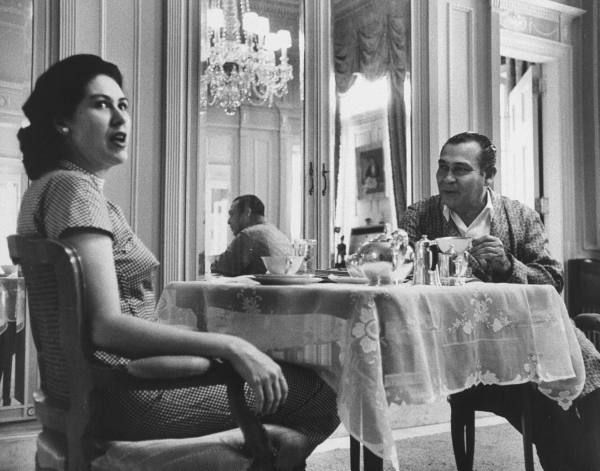
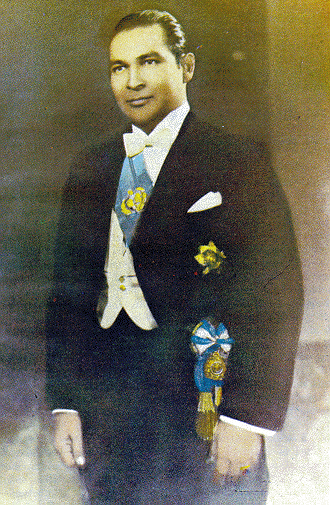
The Batista family spent the next eight years between New York City and Daytona Beach in Florida. However, he remained active in Cuban politics and 1948 he was elected to the Cuban Senate in absentia. Hence, he returned to his home country and after receiving Grau’s permission, Batista formed the United Action Party, deciding to run for president for another term. Unsuccessful in gaining his goal, he returned to Florida where he stayed until 1952. Then he returned again to Cuba and led a military coup which preempted the election.
When Batista returned to power, he received logistical, military, and financial support from the U.S. government and suspended the Constitution from 1940 which he himself had created, revoking many political freedoms, including the right to strike. Batista’s politics widened the difference between the rich and the poor in Cuba, washing away the middle class. He aligned himself with the richest people, principally the owners of the sugar plantations, making them even richer. He was the medium between Cuban exports and U.S. markets.
Almost 70% of the arable land in Cuba was owned by foreigners while most of the sugar plantations belonged to U.S. citizens. Batista’s government profited directly from the commercial interests of the country and at the same time from the negotiations with the american Mafia which controlled the gambling, drug, and prostitution business in Havana. He also benefited from the lucrative contracts with the U.S. multinational companies based in Cuba.
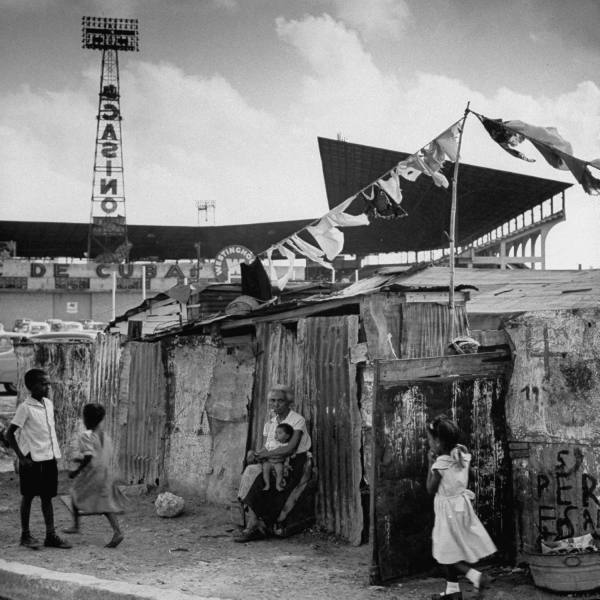
To control and repress the rising criticism coming from among the students and the subsequent demonstrations, Batista established a strong censorship of the media and followed this by giving permission to his secret police, the Bureau for the Repression of Communist Activities, to perform torture, violence, and public executions. Batista had all the power until revolution arrived on the shores of Cuba.
in
After a long time of preparation in Mexico, Fidel Castro arrived in Cuba December 1956 and started the 26th of July Movement. The movement encouraged many other nationalist and rebellious elements. They were all turned against Batista’s government and culminated on New Year’s Day in 1959 in the Battle of Santa Clara under the command of Che Guevara.
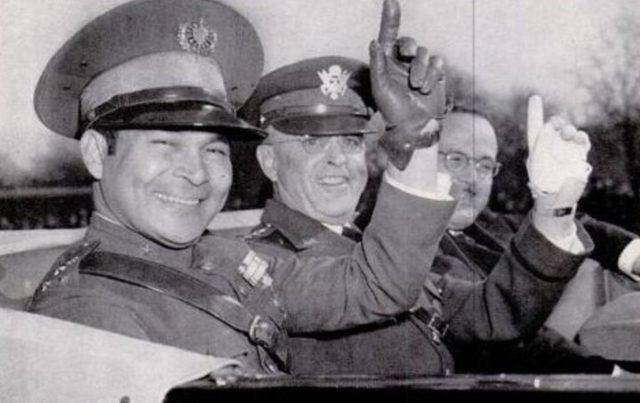
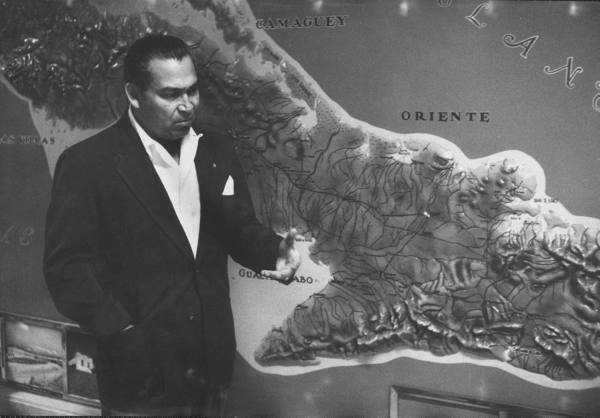
Unlike other captains who went down with their ships, Batista fled immediately after his forces lost the Battle at Santa Clara. He hid “under the skirt” of his military ally, Rafael Trujillo, the dictator of the Dominican Republic. Trujillo gave him shelter and Batista lived a comfortable life with his amassed personal fortune until he found political asylum in Oliveira Salazar’s Portugal.
Batista lived on the Portuguese island of Madeira, and then Estoril, outside Lisbon. He worked as the Chairman of a Spanish life insurance company that invested in property and mortgages on the Andalusian Costa del Sol. He held the position until his death in 1973. He died of a heart attack at the age of 72 in Spain. It is said that two days after his death there was a team of assassins sent from Cuba by Castro with a plan to kill Batista.
On October 24, 1963, the U.S. President John F. Kenedy had said to Jean Daniel:
I believe that there is no country in the world including any and all the countries under colonial domination, where economic colonization, humiliation, and exploitation were worse than in Cuba, in part owing to my country’s policies during the Batista regime. I approved the proclamation which Fidel Castro made in the Sierra Maestra when he justifiably called for justice and especially yearned to rid Cuba of corruption. I will even go further: to some extent; it is as though Batista was the incarnation of some sins on the part of the United States. Now we shall have to pay for those sins. In the matter of the Batista regime, I am in agreement with the first Cuban revolutionaries. That is perfectly clear.
